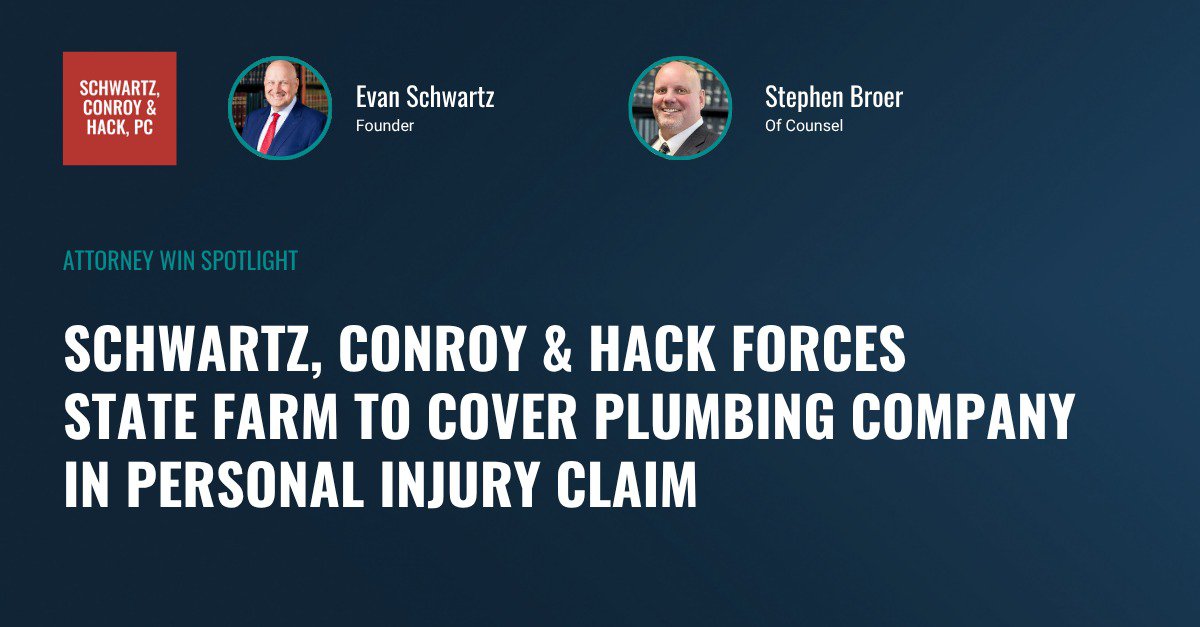Commercial general liability (CGL) insurance protects your business from claims of bodily injury and property damage that are brought by third parties. CGL policies are almost always “occurrence-based” policies, which means they provide coverage for injury or property damage resulting from an event or occurrence that happens during the policy period. In some cases, there will be a dispute over whether bodily injury and/or property damage resulted from one or multiple occurrences. This may significantly impact coverage, since policies typically have per-occurrence limits and separate deductibles for each occurrence.
How Is the Number of Occurrences Determined?
When determining whether injury or property damage resulted from one or multiple occurrences, the majority of courts look at the cause or causes of the injury or property damage rather than the number of claims that resulted.1 In taking this cause-oriented approach, courts hold there is only one occurrence when “[t]here was but one proximate, uninterrupted, and continuing cause which resulted in all of the injuries and damage … even though several discrete items of damage resulted.” 2 For instance, say an insured’s car collides with an oncoming car and causes the oncoming car to hit a third car. Courts would generally conclude that the two collisions constituted a single accident, even though there were multiple resultant losses.
Single Occurrence
Across a broad variety of circumstances, where one event resulted in injuries to multiple people and/or damage to multiple properties, courts have ruled there was a single occurrence. For instance, when a contractor damaged several different condos while applying sealant to the roofs of part of a condo complex, a Florida court ruled it was a single occurrence.3 When a company providing snow clearing services damaged 98 doors over the course of a four-hour job, the court held that the insured was only on the hook for a single deductible for the entire incident, as all the damage resulted from a single occurrence.4 In Missouri, when multiple plaintiffs were injured from a lead smelter’s plant operations, the court ruled all the bodily injury claims arose out of a single occurrence.5 Under Wisconsin’s cause-oriented approach, a fire that lasted three days and damaged multiple properties was ruled a single occurrence, subject to a single per-occurrence limit under the insured’s general liability policy. In many cases, courts have determined that the manufacture of a defective product that causes multiple injuries and/or damage to multiple properties constitutes a single occurrence. For instance, when four separate claims of property damage at different locations arose from the defective manufacture of an installed product, the court ruled the claims resulted from a single occurrence.6
Multiple Occurrences
Sometimes, although courts apply a cause-oriented standard, they come to the determination that there were multiple occurrences. For instance, in a case involving a gas company’s removal of mercury-containing regulators, an Illinois court ruled that each mercury spill was a separate occurrence. The case involved multiple isolated, unconnected spills of mercury, which had no common cause.7 In a case involving injuries to 30 employees allegedly caused by exposure to a toxic substance found in popcorn butter flavoring, a New York court held that there was no single incident that “can be identified as the event resulting in injury to the numerous claimants.” Stressing that the alleged injuries occurred over several years, at different times, and for varying durations, the court concluded that exposure to the hazardous condition could not be considered a single occurrence.8Similarly, another court ruled that thousands of personal injury claims related to use of contact lens solution products from a specific manufacturer could not be considered a single occurrence. “There is no single accident that resulted in the users of (the) contact lens solutions to be subjected to the same or substantially the same harmful conditions. The solutions at issue were made … at different times, and in different locations. The alleged injuries suffered by the claimants took place in separate locations across several continents, and at different times, and involved different types of infections, including bacterial or fungal infections. As a result, it can not be said that the claimants were exposed to the same or substantially the same harmful conditions … Because these exposures were separate and distinct, they cannot be combined under the grouping provision of the Lexington policies.”
If you are involved in a dispute with your business insurance company, contact Schwartz, Conroy & Hack. We have the expertise, experience and tenacity to make insurance companies keep their promises to you and your business.
1 Appalachian Ins. Co. v. Liberty Mut. Ins. Co., 676 F.2d 56, 61 (3d Cir. 1982)
2 Bartholomew v. Insurance Co. of N. Am., 502 F. Supp. 246, 251 (D.R.I. 1980)
3 Southern Int’l Corp. v. Poly-Urethane Indus., 353 So. 2d 646 (Fla. Dist. Ct. App. 1977)
4 Unigard Insurance Co. v. United States Fidelity & Guaranty Co., 111 Idaho 891, 728 P.2d 780 (Ct. App. 1986)
5 Fluor Corp. v. Zurich Am. Ins. Co., 550 F. Supp. 3d 764 (E.D. Mo. 2021)
6 Westchester Surplus Lines Ins. Co. v. Maverick Tube Corp., No. H-07-540, at *7 (S.D. Tex. June 28, 2010)
7 Nicor, Inc. v. Assoc. Elec. and Gas Ins. Svs. Ltd., 223 Ill. 2d 407, 860 N.E.2d 280 (Ill. 2006)
8 International Flavors & Fragrances, Inc. v. Royal Ins. Co. of America, 844 N.Y.S.2d 257, 46 A.D.3d 224 (1st Dep't 2007),
9 Bausch & Lomb Inc. v. Lexington Ins. Co., 679 F. Supp. 2d 345 (W.D.N.Y. 2009)

